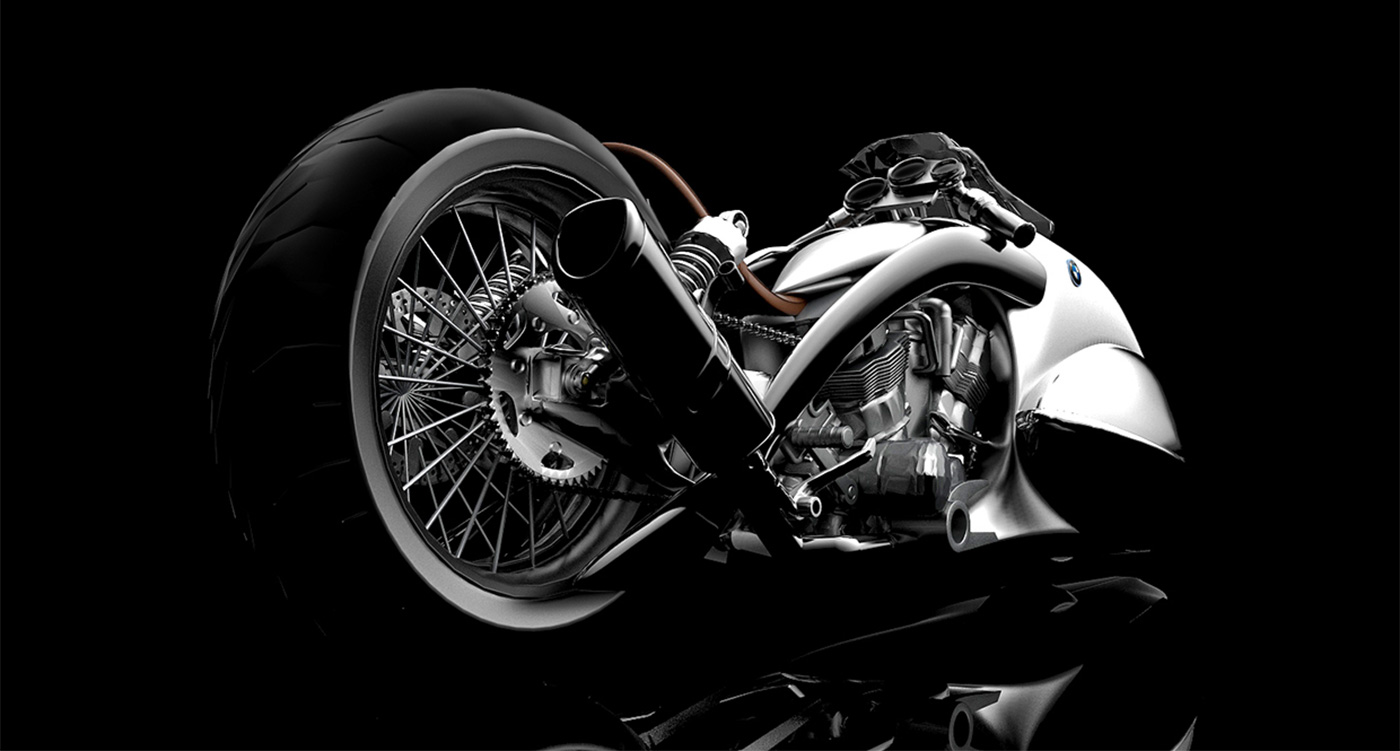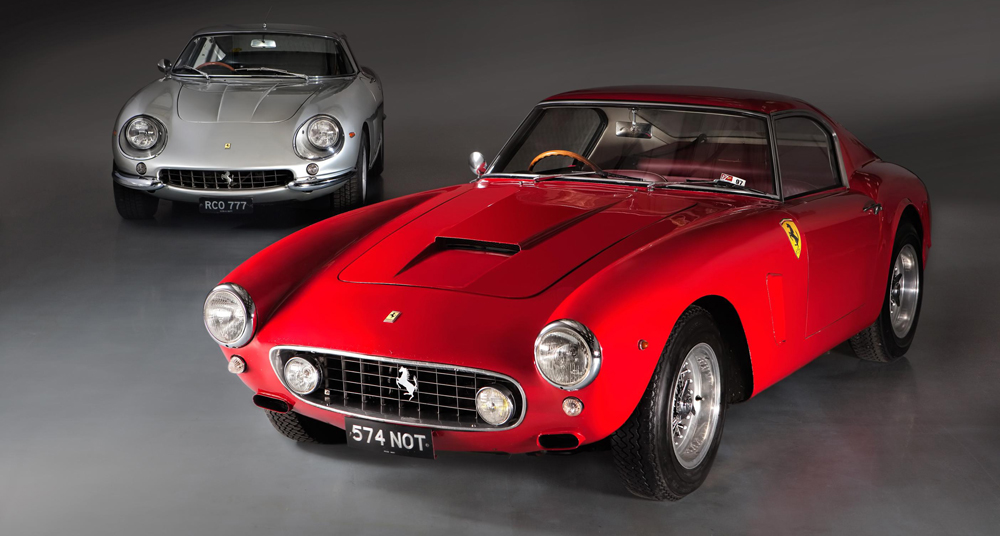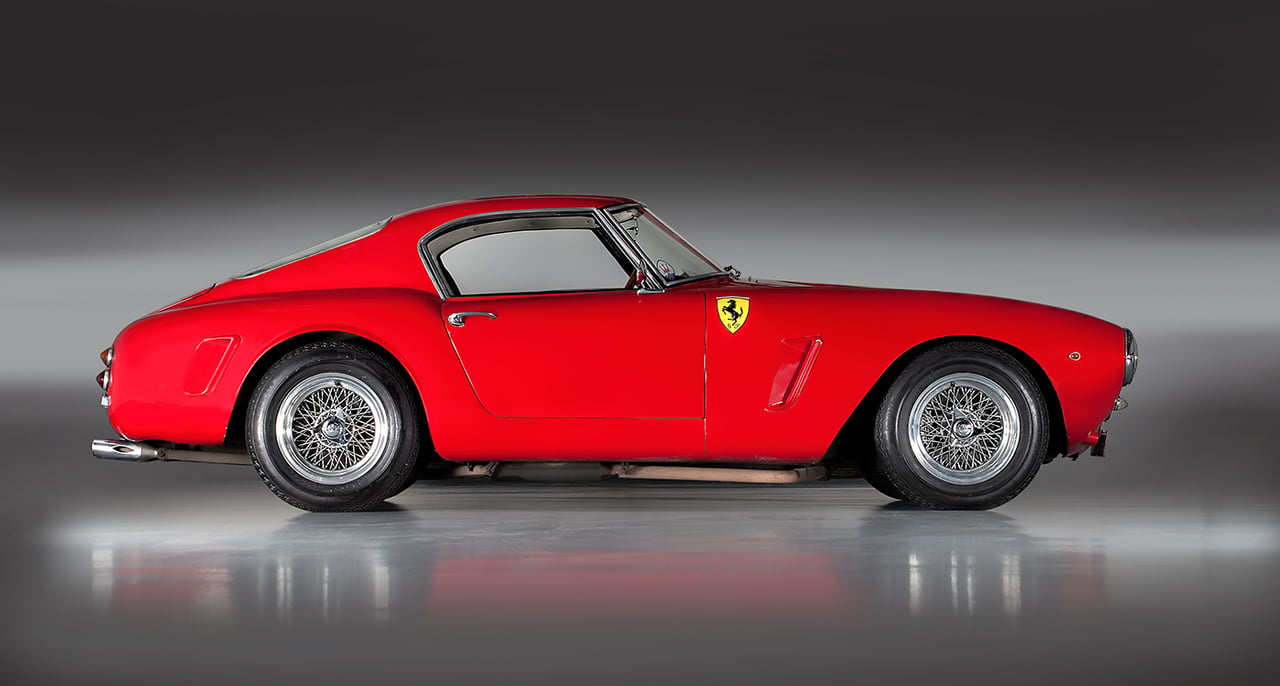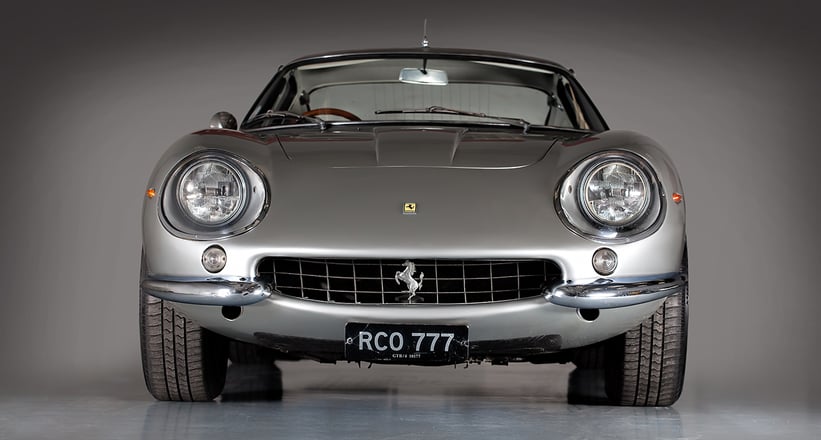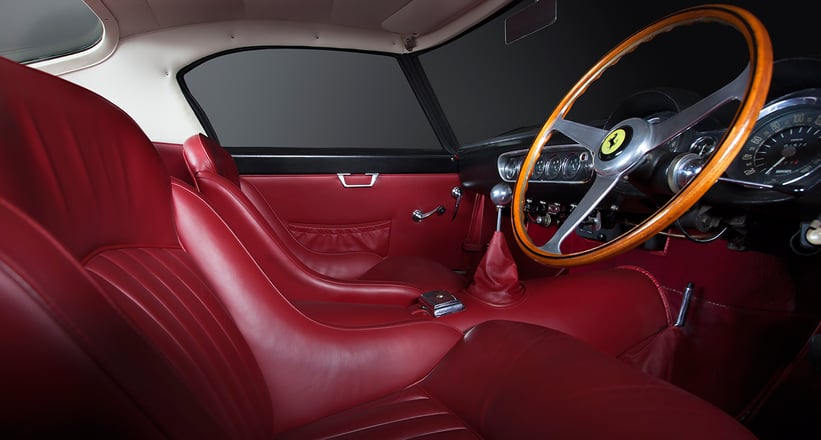Le pilote du team Monster Yamaha Tech3 a subi une intervention chirurgicale afin de soulager son avant-bras droit.
Alors que son frère aîné Aleix se faisait opérer du pouce droit mardi, Pol Espargaró (Monster Yamaha Tech3) a lui aussi dû subir une intervention chirurgicale afin de soigner un syndrome des loges à l’avant-bras droit. L’Espagnol avait commencé à souffrir d’une perte de force dans le bras droit dès le septième tour de la course du Mans et à ressentir une douleur dont il n’avait que rarement été gêné jusqu’ici.
L’Espagnol avait cependant déjà noté quelque chose après le Grand Prix d’Espagne le 3 mai dernier et a donc décidé de se faire opérer afin de s’assurer de ne pas avoir de problème le semaine prochaine au Mugello.
L’opération a été réalisée par le Dr Angel Villamor à l’Hôpital Nisa Pardo Aravaca de Madrid.
Pol Espargaró :
« J’avais déjà noté une gêné après certaines courses et je pensais que ça allait vite s’estomper après la course mais ça n’a pas été le cas. J’ai donc consulté quelqu’un et nous nous sommes vite rendu compte que je devais voir un spécialiste. Nous avons décidé avec le Dr Angel Villamor de réduire le délais entre la consultation et la chirurgie afin de mettre autant de temps que possible entre l’opération et la prochaine course. J’avais déjà eu cette sensation avant mais je n’avais pas trouvé ça grave. Après les deux dernières courses, c’est devenu plus sérieux. »
« J’avais déjà noté une gêné après certaines courses et je pensais que ça allait vite s’estomper après la course mais ça n’a pas été le cas. J’ai donc consulté quelqu’un et nous nous sommes vite rendu compte que je devais voir un spécialiste. Nous avons décidé avec le Dr Angel Villamor de réduire le délais entre la consultation et la chirurgie afin de mettre autant de temps que possible entre l’opération et la prochaine course. J’avais déjà eu cette sensation avant mais je n’avais pas trouvé ça grave. Après les deux dernières courses, c’est devenu plus sérieux. »
« J’avais ressenti une douleur à Jerez en raison du type du circuit et de l’effort que j’avais fait pour suivre Lorenzo et Márquez sur les premiers tours puis ensuite Rossi et Crutchlow. Au Mans ça a empiré et j’ai souffert dès le début de la course, à tel point que je ne pouvais quasiment plus piloter la moto. L’opération s’est heureusement bien passée et je vais pouvoir reprendre le travail afin de me préparer au mieux pour les prochaines courses. »
Monster Yamaha Tech3 Team rider Pol Espargaró has undergone surgery on his right forearm.
Espargaró experienced a large amount of discomfort in his arm during the previous Grand Prix race in France and suffered a loss of force that began during the 7th lap. This pain is not habitual and had just sporadically affected him before. Already after the race at the Grand Prix of Spain on the 3rd of May, the Spanish rider was experiencing pain and so a recovery process using physiotherapy was undertaken. However, the persistence of these symptoms signalled that a medical review was needed. Following this, it was decided that the rider should receive surgery immediately to begin his recovery process as soon as possible to arrive in the best condition for the next round of the MotoGP World Championship which is on May 31st in Mugello, Italy. The operation took place at the Hospital Nisa Pardo Aravaca (Madrid) and was successfully performed by Dr. Angel Villamor. Espargaró will be reviewed later this week.
Pol Espargaró:
"I had noticed this discomfort in my arm after some events before and I thought that it would get better quickly after the end so the race, but it didn’t. Therefore I went to visit a physical therapist about the discomfort I had in my right forearm after Le Mans and we quickly discovered that I needed to see a specialist. We decided to reduce the time between consultation and surgery, with the doctor Angel Villamor, in order to have as much time as possible between the operation and the next race. The truth is that I had experienced that sensation before but I did not consider it important, but unfortunately in these last two races it has been a little more serious. In Jerez, I believed that I suffered pain due to the type of circuit and the effort that I made during the first few laps trying to follow Lorenzo and Marquez and then Rossi and Crutchlow. Yet, in Le Mans it was even worse because I struggled very early in the race being nearly unable to ride the bike. Fortunately, the operation went well and I can now start working again in order to get in the best possible physical condition for the upcoming races.
"I had noticed this discomfort in my arm after some events before and I thought that it would get better quickly after the end so the race, but it didn’t. Therefore I went to visit a physical therapist about the discomfort I had in my right forearm after Le Mans and we quickly discovered that I needed to see a specialist. We decided to reduce the time between consultation and surgery, with the doctor Angel Villamor, in order to have as much time as possible between the operation and the next race. The truth is that I had experienced that sensation before but I did not consider it important, but unfortunately in these last two races it has been a little more serious. In Jerez, I believed that I suffered pain due to the type of circuit and the effort that I made during the first few laps trying to follow Lorenzo and Marquez and then Rossi and Crutchlow. Yet, in Le Mans it was even worse because I struggled very early in the race being nearly unable to ride the bike. Fortunately, the operation went well and I can now start working again in order to get in the best possible physical condition for the upcoming races.



